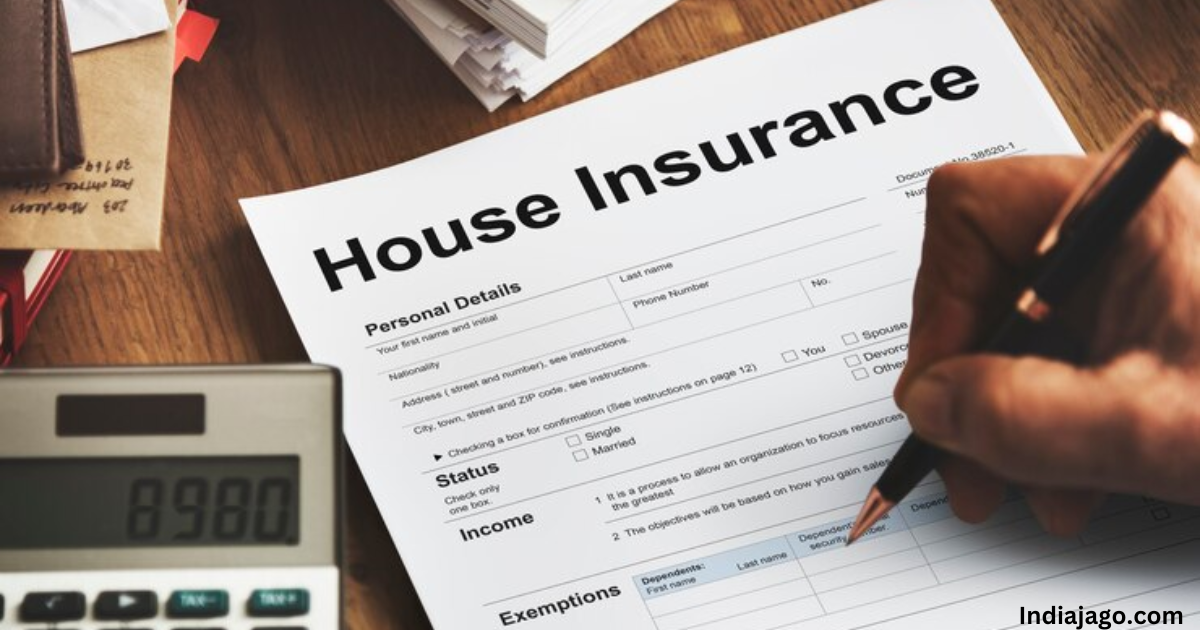Introduction:
All Types of Home Insurance Coverage – Homeownership is a monumental achievement, symbolizing a sanctuary of comfort, security, and cherished memories. However, ensuring the protection of this haven requires a robust financial safety net, and that’s precisely where home insurance becomes indispensable. This comprehensive guide delves into the myriad types of home insurance coverage, each meticulously crafted to address specific risks and fortify the security of your investment.

-
Dwelling Coverage: Safeguarding the Structural Core
At the heart of any home insurance policy lies dwelling coverage, offering protection for the structural components of your home. Encompassing the foundation, walls, roof, floors, ceilings, and built-in appliances, this coverage steps in when perils such as fire, vandalism, or natural disasters pose a threat. Regularly reassessing dwelling coverage ensures that it aligns with the current replacement cost of your home, considering factors like inflation and any structural enhancements.
-
Other Structures Coverage: Extending Protection Beyond the Main Residence
Many homeowners have additional structures on their property, such as detached garages, sheds, fences, and guesthouses. Other structure’s coverage broadens the protective scope to encompass these elements, offering financial aid for repairs or reconstruction in the face of covered perils. While typically a percentage of dwelling coverage, it is imperative to verify that this coverage adequately reflects the value of these additional structures.
-
Personal Property Coverage: Safeguarding Belongings and Memories
Beyond the physical structure, a home houses a wealth of personal belongings with both sentimental and monetary value. Personal property coverage steps in to shield furniture, clothing, electronics, and other possessions from theft, fire, or other covered events. A meticulous inventory and accurate valuation are essential to ensure that the coverage limit is commensurate with the value of your belongings, providing a comprehensive safety net.
-
Loss of Use Coverage: Mitigating Displacement Challenges
In instances where your home becomes temporarily uninhabitable due to covered perils, loss of use coverage proves invaluable. This coverage aids in covering additional living expenses, such as temporary accommodation, meals, and transportation, facilitating a semblance of normalcy during the repair or reconstruction period. Understanding the nuances and limitations of this coverage is critical, as they can vary across policies.
-
Liability Coverage: A Shield Beyond Property Boundaries
With homeownership comes not only the joy but also the responsibility of potential liability. Liability coverage acts as a financial safeguard if someone is injured on your property or you inadvertently cause damage to another person’s property. Extending beyond the physical confines of your home, this coverage offers protection in various scenarios and covers legal fees in case of lawsuits, fostering both peace of mind and financial security.
-
Medical Payments Coverage: Immediate Aid for Minor Injuries
Accidents can occur on your property, and medical payment coverage provides immediate financial assistance for minor injuries sustained by guests. Operating on a “no-fault” basis, it aids in covering medical expenses irrespective of fault. This benevolent aspect prevents minor incidents from escalating into major disputes, contributing to positive relationships with neighbors and visitors.
-
Flood Insurance: A Necessity for Vulnerable Locations
Standard home insurance policies often exclude coverage for flooding, making flood insurance imperative for homeowners in flood-prone regions or near bodies of water. Whether from heavy rains, storm surges, or overflowing rivers, flood insurance steps in to cover the costs of property repair or replacement. Typically offered through the National Flood Insurance Program (NFIP) or private insurers, this coverage is a vital addition for vulnerable locations.
-
Earthquake Insurance: Mitigating Seismic Risks
In regions prone to earthquakes, standard home insurance may not cover damages resulting from seismic activity. Earthquake insurance protects the home and personal belongings in the event of an earthquake. Particularly relevant for those living along fault lines, where earthquake risk is higher, this coverage is often a separate policy requiring homeowners to supplement their standard home insurance.
-
Umbrella Insurance: Bridging Coverage Gaps
Umbrella insurance serves as an overarching policy, extending additional liability coverage beyond the limits of standard home insurance. Functioning as a safety net, it covers costs exceeding the liability limits of the primary policy. Particularly beneficial for homeowners with substantial assets, it safeguards these assets in the event of a significant liability claim or lawsuit. Versatile in its application, umbrella insurance extends coverage to various facets of life, not limited to the home.
-
Guaranteed Replacement Cost: Ensuring Complete Rebuilding Coverage
While dwelling coverage aids in rebuilding your home, guaranteed replacement cost coverage goes a step further by covering the full rebuilding cost, even if it surpasses the policy limit. Particularly critical in areas where construction costs may escalate significantly after a widespread disaster, this feature provides homeowners with assurance, eliminating unexpected out-of-pocket expenses during the rebuilding process.
-
Actual Cash Value vs. Replacement Cost: Discerning the Distinction
The method of reimbursing covered losses varies between actual cash value (ACV) and replacement cost. ACV considers depreciation, providing the current value of damaged or stolen items, while replacement cost coverage facilitates reimbursement for replacing belongings or rebuilding at current market prices without factoring in depreciation. Grasping these terms is pivotal in policy selection, directly impacting the reimbursement amount in the event of a claim.
Conclusion:
Home insurance stands as a multifaceted financial instrument dedicated to securing your most significant investment and fostering peace of mind. From fortifying the structural integrity of your home to ensuring the financial well-being of your family and guests, the diverse array of coverage types addresses an extensive spectrum of risks and scenarios. As a conscientious homeowner, evaluating your needs, comprehending available coverage options, and tailoring your insurance policy to offer optimal protection is paramount. In doing so, you not only shield your physical property but also reinforce the intangible sense of security that transforms a house into a cherished home.
